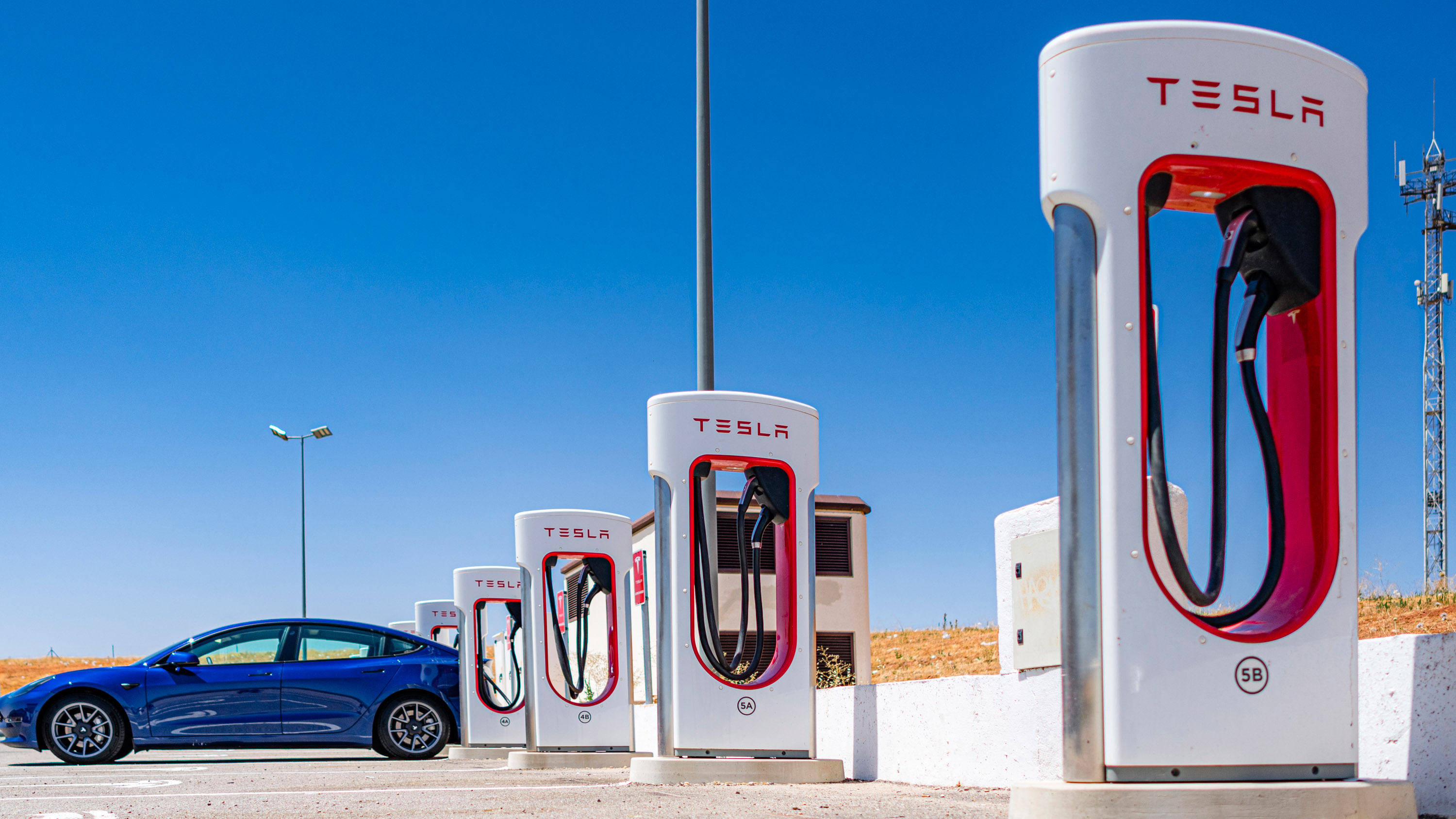Electric vehicles (EVs) have been rapidly transforming the transportation landscape, offering an environmentally friendly and sustainable alternative to traditional gasoline-powered cars. A lot of people aren’t sure about how EV charging stations actually work. Do not worry, future drivers of electric vehicles! This article will help you understand the key components that form the EV Infrastructure so that you’re able to confidently navigate this new world.

The Concept of the Core is: delivering energy, restoring Power
EV charging stations operate according to the basis of a simple idea they serve as a conduit between the electrical grid and the battery in your electric vehicle. Think of them as a pump for electrons that replenish energy reserves to propel your electric vehicle. If you park your EV in a charging dock and connecting the cable to an appropriate plug is all that’s required.
Plugging In: Compatibility and Charging Speeds
The general concept of EV charging stations is the same, however there are differences in type of plug and the charging speed. Similar to the numerous fuel nozzles available at gasoline stations, EV charging stations utilize different plug configurations based on the type of vehicle and charging standard. Knowing these differences is essential for a comfortable charging experience.
Tesla Superchargers are a network of Speed
Tesla owners can benefit from a dedicated network strategically located Tesla Superchargers. These stations that charge fast are designed specifically for Tesla cars and have high rates of charging, which gives owners to get a substantial battery recharge in a much shorter timeframe as compared to standard charging stations. This means less charging stops, less waiting time and greater convenience for long distance journeys in a Tesla.
Beyond Tesla The Future of Charging: Exploring Different Options
The EV charging landscape extends beyond Tesla Superchargers. Many charging stations for public use are in place that are operated by different companies, and are compatible with a more extensive range of electric vehicles. They offer a range of charging speeds. From Level 2 chargers which are faster than a standard home outlet, to DC Fast Chargers, the fastest charging speed, comparable to a filling at the gas station.
Planning Your Charge The Fear of Range Anxiety Can Be Gone
One of the biggest fears for potential EV owners is “range anxiety” – – the fear of not having enough energy before getting to a charging station. With the rise of charging stations and the range of modern EVs the fear is diminishing. Electric vehicles can cover hundreds of kilometers with a single battery charge. Apps for planning routes allow you to locate charging stations that will ensure that you have a smooth trip.
What’s the motivation behind the charges An inside look
The power of EV charging stations is in the clever interplay between technology. The station functions as an electric transformer that converts alternating current electricity (AC) generated by the grid to direct current electricity (DC) which the batteries of your electric vehicle require. The station is equipped with safety features, including security protocols and communication protocols to ensure the safe and efficient charging of your EV battery.
Charging Forward The Convenience and Accessibility
The charging of electric vehicles has become easier to access and more convenient. Numerous charging stations are accessible to public. user-friendly interfaces with options to pay for charging with a credit card or a specific app. Furthermore, some workplaces as well as housing complexes have installed charging stations, which allow motorists to charge their cars either at home or at work which further enhances the ease of owning an electric vehicle.
Green Grid Connection: Promoting sustainability
The increasing use of EV chargers has important environmental advantages. They help ensure a cleaner and more sustainable transport systems by promoting electric vehicles that produce no emissions from tailpipes. As the grid transitions to renewable energy sources such as wind and solar power, EV charging becomes even more eco-friendly. This is going to further reduce the dependence on fossil fuels.
In conclusion, demystifying EV charging stations empowers potential EV owners to make informed decisions. These stations, with their simplicity of operation, enhancing accessibility and contribution to sustainable mobility, are the cornerstone for a future powered environmentally and efficiently by electric mobility. The next time you pass an electric vehicle charger, don’t think that it’s only a plug but a gateway to an environmentally friendly and sustainable future of transport.